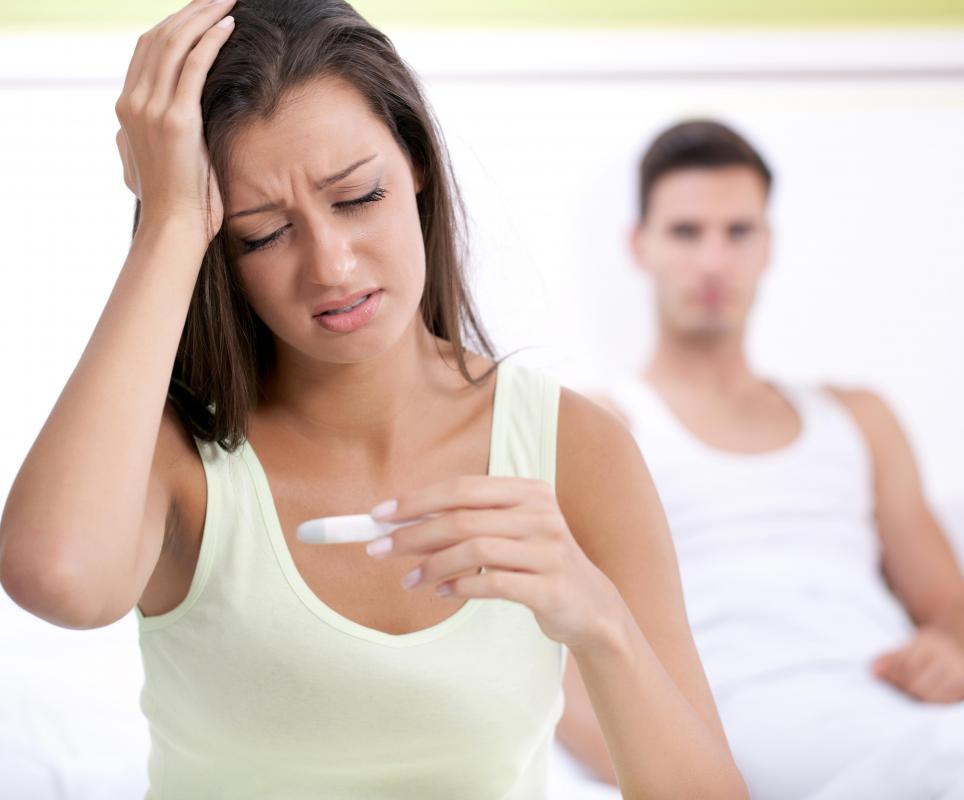At WiseGEEK, we're committed to delivering accurate, trustworthy information. Our expert-authored content is rigorously fact-checked and sourced from credible authorities. Discover how we uphold the highest standards in providing you with reliable knowledge.
What Is Human Menopausal Gonadotropin?
Human menopausal gonadotropin (hMG) is a type of fertility drug that a doctor will administer via injection. It is often used to increase the chances of pregnancy for those experiencing fertility problems. These shots stimulate a woman's ovaries into producing several eggs, as opposed to just one. Sometimes, it may also be given to a male patient who has a low sperm count that is a result of low levels of gonadotropins produced in the body. Human menopausal gonadotropin injections contain two hormones that are naturally produced by the pituitary gland: luteinizing hormone (LH) and follicle-stimulating hormone (FSH).
An hMG injection is an option for women who cannot ovulate on their own. Frequently, a patient will undergo human menopausal gonadotropin injections prior to another fertility treatment, such as in vitro fertilization. Since the hormone shots encourage more eggs to develop, the doctor may harvest additional eggs, which may then be fertilized outside the uterus. Another procedure often used with this treatment is intrauterine insemination, in which sperm is injected into the uterus. Having multiple eggs available for fertilization increases the chances of conception.

The human menopausal gonadotropin injections will begin early in the woman's menstrual cycle. A doctor will administer an injection each day for between seven to 12 days. Following treatment with hMG shots, the patient will undergo one injection of human chorionic gonadotropin (hCG). After the hMG stimulates the production of additional eggs, the hCG injection triggers ovulation. This means that these mature eggs will then be released into the fallopian tubes.

While this fertility treatment can help over half of women to successfully conceive, approximately one-third of these women suffer a miscarriage. Before having human menopausal gonadotropin injections, patients should be aware of the potential risks. In addition to risking a possible miscarriage, the patient may sometimes be susceptible to ovarian hyperstimulation syndrome. This may require treatment with bed rest, intravenous fluids, and possibly hospitalization, along with a medical procedure to correct excess fluid in the abdomen. Doctors will monitor patients frequently throughout the administration of the injections with blood tests and ultrasounds to help prevent this complication.

Other complications and side effects are also possible with human menopausal gonadotropin. Men who receive it may notice breast enlargement, which is temporary. Abdominal pain and headaches are also possible. Women may be more susceptible to ovarian enlargement. Multiple pregnancies are also more likely, which can be more high risk than single pregnancies.
AS FEATURED ON:
AS FEATURED ON:
















Discuss this Article
Post your comments